Guide To Choosing A Stand-Up Paddle Board
Stand-up paddle boarding, otherwise known as SUP, is a fun and versatile sport that can be enjoyed by people of all ages. However, with such a wide range of boards and brands available, it can be hard to suss out which one is right for you. Luckily, Wetsuit Outlet is on hand to help you make an informed decision when buying a SUP, so keep reading to have all of your SUP questions answered…
Five key factors to consider when buying a paddle board
Performance:
This might not seem like the most important thing when you’re learning to paddle board for the first time, but it does make a difference. When you consider the performance of a board, you’re thinking about whether you need your board to be fast and easy to manoeuvre, or if you’re willing to sacrifice a bit of performance for more stability or a lower price tag.
Portability:
It may not be the first thing that comes to mind, but it’ll be the first thing to cause an issue if you don’t think about it before buying. You need to consider how spacious the boot of your car is, or if you have roof racks, and whether you’ll be paddle boarding alone or if you’ll have a friend to help you carry your board down. Do you want to just chuck your board in the water, or are you happy to spend a few minutes pumping it up when you arrive?
Cost:
Of course, your budget is also really important. Have a good think about how important it is to you to get a high-performance board with all the trimmings, or whether you’d be content settling for a cheaper board for now while you suss out the sport.
Durability:
Paddle boards can be made from a range of materials, and some of these are harder wearing than others. If you’ve got kids who are going to want to play on your new board, you should consider looking for a board that will cope with being knocked about a bit. If you know you’ll be super careful though and care for your board like it’s your firstborn, then treat yourself to something higher performing, but be careful!
Storage:
This is an important factor in deciding whether to go for an inflatable or hard paddle board. Think about how much storage space you have at home – is there somewhere you can set up some racks for storing a hard SUP? Or do you need a board you can deflate and shove anywhere? It’s also worth keep in mind that paddle boards are pretty large lengthways, so make sure you’ll have enough space to manoeuvre it if you’re going for a hard board.
Inflatable SUPs have become extremely popular in recent years, and they’re especially great for those who are just starting out or for families.
Pros
- Portability – because these SUPs are lighter and easily deflated into a small bag, they’re much easier to transport around if you’re on your own and you won’t need to invest in roof racks. It’s also much easier to take on holiday, as you can check it in with your normal luggage and avoid those annoying ‘surfboard’ fees airlines sting you for.
- Storage – when deflated, one of these boards can be stored under a bed, in a wardrobe or, if you’re also a keen sailor, in one of the cockpit lockers on a yacht.
- Cost – generally, inflatable SUPs come in at a much lower price point than their solid counterparts, so if you don’t want to splash out yet, or can’t afford to, they make a great alternative.
- Durability – inflatable SUPs are more durable than a hard board as they’re not susceptible to dings and dents. This means they can take more of a battering, which is great if you have any kids who want to play.
Cons
- Time – if you’re the impatient type, you may not enjoy having to inflate and then deflate your board for every session.
- Performance – an inflatable SUP is often a little less responsive than a hard board, as well as having added drag and therefore slightly slower speeds.
Hard SUPs are ideal for those more focused on performance and will feel more comfortable for anyone with a surfing background, who might be more used to fibreglass boards.
Pros
- Performance – a hard SUP has increased speed and manoeuvrability and is much more sensitive, allowing for faster turns for experienced paddle boarders, but likely more time spent in the water for a beginner. If you want to take your SUP on the waves, you’ll find the hard SUPs have less lag and cut through the water better if you’re trying to dig the rails.
- Easy set-up – the great thing about a hard SUP is you just need to take it off the roof and you’re good to go. No faffing around with foot pumps and no need to deflate it afterwards, so if you’re tight for time, this is a good choice.
Cons
- Portability – being heavier than their inflatable cousins, these boards may require an extra pair of hands to get around, and you’ll also need roof racks if you need to drive your board anywhere. If you’re jetting off anywhere nice and want to take your SUP with you, it’ll be trickier with a hard SUP and you may need to pay a pretty penny at the airport.
- Cost – a solid SUP will set you back a little further than an inflatable, due to the materials used to make them, so if you’re on a budget, you may be better off with an inflatable board.
- Durability – the main issue with a hard SUP is that it can be pricy to repair if you get any dings or scratches. You don’t want to be dragging your hard SUP up the beach or knocking it on the car door when you’re trying to get it off the roof.
- Storage – not a huge issue if you have a shed or a garage, but one of these is going to need a fair bit of space to be stored, so not ideal if you’re living in a poky London flat right now.
How thick should your stand-up paddle board be?
Now that you've had a chance to look at the pros and cons for both board type, it's important to assess the volume of each board, which is what determines how stable a board is. Essentially, the more volume the stand-up paddle board has, the less wobbly it is, hence the easier and more comfortable it will be to stand on.
A great estimation when trying to figure out how much volume you should have in your board is the following:
- Beginner – Your total weight in kilograms x 2 (i.e. 80kg x 2 = 160 litres)
- Intermediate – Your total weight in kilograms x 1.7
- Advanced – Your total weight in kilograms x 1.3
Below is a table which shows the typical number of litres in boards depending on their height, but don’t forget that the width of a board will influence this too.
| SIZE |
STAND-UP PADDLE BOARD LITRES |
| 8' |
87L + |
| 9' |
104L + |
| 10' |
142L + |
| 11' |
192L + |
| 12' |
246L + |
| 13' |
300L + |
| 14' |
340L + |
| 15' |
400L + |
What type of stand-up paddle board is best equipped for you?
The most versatile of SUP designs, the all-round board is made for those who want to try a little bit of everything – from cruising on flat water, to attempting to ride a wave. If you're a beginner, this is a great board to start with and develop your skills further.
- Length: 9’4 – 11’6
- Width: 31” – 34”
- Steadiness: High
- Glide: Medium
- Manoeuvrability: Extra High
Although similar to an all-round SUP, the touring board generally has more speed – due to the fact that it’s longer and slimmer. It’s great for those looking to cover longer distances, such as exploring lakes, rivers and ocean bays – it’s all about endurance and disciplined paddling. So, if you’re feeling fit and wanting to spend some quality time outdoors, a touring SUP is the perfect shaped board for you.
- Length: 11’0 – 15’0
- Width: 30” – 32”
- Steadiness: Extra High
- Glide: High
- Manoeuvrability: Medium
It’s no secret that a stand-up paddle board is essentially a longer and thicker version of a surfboard. They were originally created for surfers who wanted to catch more waves, more quickly, and the wave SUP is designed purely for those looking to ride a wave. The length of the board will often be considerably shorter than other board styles, as anything more will make it extremely difficult to manoeuvre on a wave.
- Length: 8’10 – 10’6
- Width: 29” – 32”
- Steadiness: Low
- Glide: Medium
- Manoeuvrability: High
If you’re competitive, then this is the SUP for you. These boards are long and narrow, and will generally have a displacement hull from the nose, allowing the board to slice through flat or rough water – similar to the way a boat works. If you want to be fast, you’re going to need something which can cut through the water, and these SUPs are the fastest on the market.
- Length: 10’6 – 14’0
- Width: 24” – 32”
- Steadiness: Low
- Glide: Extra High
- Manoeuvrability: Medium Low
--
SUPs aren't the cheapest piece of equipment, but here are the 5 reasons why you should invest in a good SUP. If you have any more questions about stand-up paddle boards, or just fancy a chat about watersports in general, then give us a call on 0044 1702 295678. We're always happy to help!
And if you need a few tips on how to up your SUP game, check out our guide to improving your SUP skills.
@wetsuitoutlet
Updated on 6th July 2023
Originally published on 19th June 2018 in SUP











































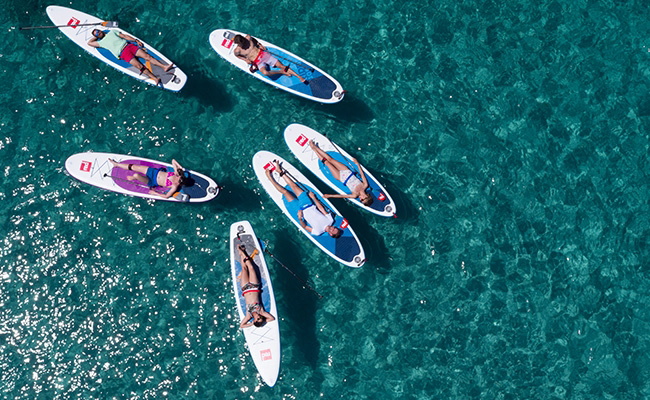







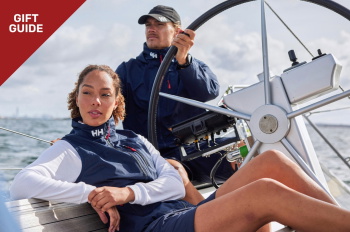

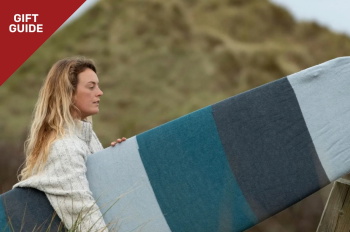
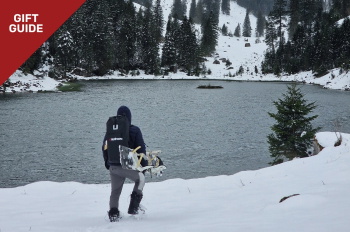
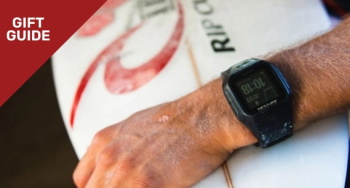
 Visit the US site
Visit the US site  Weiter nach DE
Weiter nach DE